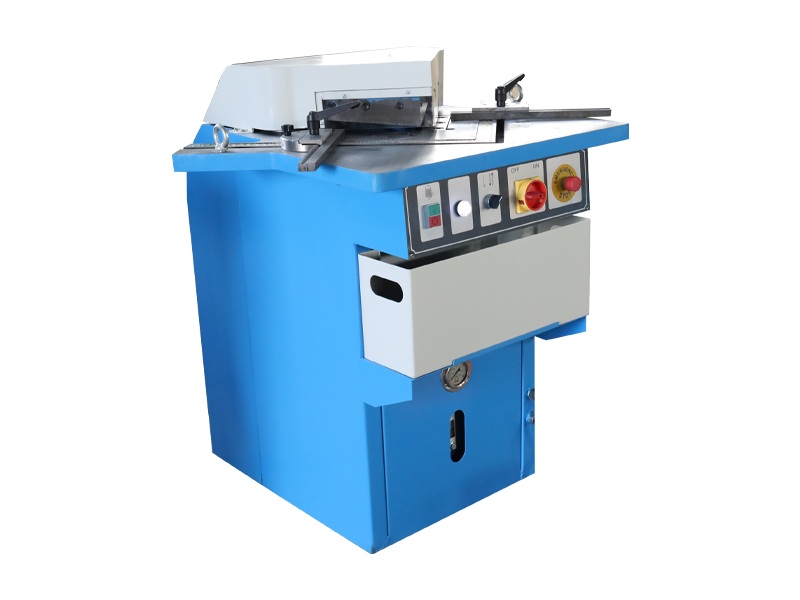In precision sheet metal fabrication—where components must adhere to standards like ISO 7752-1 (bending machine performance) and ASTM A606 (sheet metal formability)—selecting the right bending equipment hinges on translating production requirements (material, geometry, volume) into technical specifications. This guide demystifies core bending machine types, their technical principles, and data-driven selection criteria, equipping both seasoned fabricators and industry newcomers to make informed, operation-aligned decisions.
1. Fundamentals: The Role of Bending in Modern Fabrication
Sheet metal bending is a plastic deformation process that reshapes flat stock (0.1mm–25mm thick) into 2D/3D geometries (flanges, curves, channels) using controlled force. It is non-negotiable for producing critical components across industries: automotive EV battery enclosures, aerospace titanium brackets, construction steel studs, and HVAC ductwork. The right equipment ensures:
- Dimensional compliance (e.g., ±0.1° bending angle tolerance for aerospace parts).
- Material integrity (no cracking in high-strength steel like AH36).
- Production efficiency (matching laser cutting/CNC punching throughput).
Bending machines are engineered for distinct forming tasks—each optimized for specific geometries, materials, and production scales. Below is a technically precise breakdown of industry-standard equipment:
2.1 Press Brakes (Most Versatile: Angular Bending)
Technical Principle: Uses a CNC-controlled ram (punch) and fixed die to apply concentrated force, bending sheet metal along a defined axis. The key advancement is springback compensation—CNC systems (e.g., Delem DA-66T, Cybelec DNC 880S) automatically adjust ram position to counteract material elasticity (critical for aluminum 6061-T6 or stainless steel 304).
Key Variations & Specifications:
| Type | Core Advantage | Precision Metrics | Ideal Applications |
|---------------------|-----------------------------------------|---------------------------------|-----------------------------------------------------|
| Mechanical Press Brake | High cycle speed (15–20 bends/min) | Ram repeatability: ±0.05mm | Low-mix, high-volume simple parts (e.g., electrical junction boxes). |
| Hydraulic Press Brake | Steady force for thick materials | Force range: 50–2,000 tons | Medium-thickness stock (6–15mm mild steel, shipbuilding hull components). |
| Servo-Electric Press Brake | Energy efficiency (30–50% less power) | Bending angle accuracy: ±0.1° | High-precision parts (automotive door frames, medical device chassis). |
Industry Use Case: A servo-electric press brake with 100-ton capacity processes 800 aluminum EV battery cover panels daily, maintaining ±0.02mm flange height consistency—critical for waterproof sealing.
2.2 Roll Benders (Curvilinear Forming)
Technical Principle: Three (or four) precision-ground rollers apply progressive pressure to form sheet metal into arcs, cylinders, or cones. The top roller adjusts vertically to control bend radius, while side rollers drive material feed (speed: 1–5 m/min).
Key Specifications:
- Roller diameter: 80–300mm (larger diameters for thicker stock).
- Maximum workpiece length: 1–12m (tandem systems for shipbuilding beams).
- Radius range: 50mm–5m (custom tooling for micro-radius parts).
Ideal Applications: Curved components like HVAC duct elbows, offshore platform handrails, and stainless steel architectural cladding. For 6mm-thick AH36 shipbuilding steel, a 3-roller bender with 200mm rollers forms 1m-radius hull segments without material cracking.
2.3 Folder Brakes (Edge Bending & Seam Formation)
Technical Principle: Uses a fixed clamping beam and hinged bending leaf to fold sheet edges at 90°–180° (seam bends). Designed for thin-gauge material (0.1–3mm) and high repeatability.
Key Advantages:
- Quick setup (5–10 minutes for tool changes).
- Perfect for "box and pan" forming (e.g., electrical enclosures, sheet metal cabinets).
Limitations: Not suitable for thick stock (>3mm) or complex angles beyond 180°.
2.4 Roll Forming Machines (Continuous Profiled Bending)
Technical Principle: A series of sequential roller dies progressively shapes sheet metal into continuous profiles (e.g., C-channels, Z-purlins). Operates at high feed rates (10–30 m/min) for mass production.
Critical Use Case: Construction industry—producing 1mm-thick galvanized steel studs (ASTM A653) at 1,200 linear meters/hour for commercial building framing.
3. Data-Driven Selection Criteria for Bending Equipment
Choosing the right machine is not about "best-in-class"—it’s about aligning technical capabilities with production demands. Focus on these non-negotiable dimensions:
3.1 Material Characteristics
- Hardness & Thickness: High-strength steel (HRc 30–35, e.g., AH36) requires hydraulic/servo-electric press brakes (≥100 tons for 10mm stock); soft aluminum (6061-T6, HB 95) works with mechanical press brakes or folder brakes.
- Formability: Materials with low elongation (e.g., titanium Ti-6Al-4V, 10% elongation) need servo-electric press brakes with slow, controlled force application to avoid cracking.
3.2 Precision & Tolerance Requirements
- Reference ISO 7752-1 tolerance classes:
- Class 1 (±0.1° angle, ±0.01mm ram repeatability): Aerospace/medical parts → Servo-electric press brakes.
- Class 3 (±0.5° angle, ±0.05mm ram repeatability): Construction/HVAC → Hydraulic press brakes.
3.3 Production Scale & Workflow Integration
- Low-Volume, High-Mix (50–200 parts/day): Manual folder brakes or small CNC press brakes (≤50 tons) with quick-change tooling.
- High-Volume (≥1,000 parts/day): Servo-electric press brakes with conveyor integration or roll forming machines; sync with MES (Manufacturing Execution Systems) for lights-out production.
3.4 Total Cost of Ownership (TCO), Not Just Upfront Price
A $15,000 mechanical press brake may seem cheaper than a $80,000 servo-electric model, but TCO over 5 years favors the latter for high-precision shops:
| Cost Factor | Mechanical Press Brake ($) | Servo-Electric Press Brake ($) |
|----------------------|-----------------------------|--------------------------------|
| Upfront Investment | 15,000 | 80,000 |
| Energy Costs | 12,000/year × 5 = 60,000 | 4,000/year × 5 = 20,000 |
| Rework (Scrap) | 8,000/year × 5 = 40,000 | 2,000/year × 5 = 10,000 |
| Total TCO | 115,000 | 110,000 |
4. Maintenance & Safety: Maximizing Equipment Lifespan
Bending machines are capital assets—proactive maintenance and safety compliance reduce downtime (a $2,000–$5,000/hour cost for high-volume shops):
4.1 Routine Maintenance
- Press Brakes: Replace hydraulic oil every 1,500 hours (servo-electric: 3,000 hours); calibrate CNC controllers quarterly to maintain ±0.01mm precision.
- Roll Benders: Inspect roller bearings monthly for wear; regrind rollers annually if surface roughness exceeds Ra 0.8μm.
- All Machines: Lubricate moving parts (e.g., ram guides, roller shafts) weekly with high-temperature grease (NLGI Grade 2).
4.2 Safety Compliance
- Mandate features aligned with EN 12622 (press brake safety) and OSHA 1910.212:
- Type 4 safety light curtains (stop ram if operator hand enters the bending zone).
- Two-hand control stations (prevents accidental activation).
- Emergency ram retraction (auto-engages during power loss).
- Train operators on material springback behavior and CNC program validation—critical for avoiding over-bending and workpiece ejection.
5. Conclusion: Bending Equipment as a Strategic Asset
In today’s competitive fabrication landscape, sheet metal bending equipment is more than a tool—it’s a driver of quality, efficiency, and scalability. By prioritizing technical alignment (material → precision → production scale) over cost alone, you can select machines that:
- Reduce scrap rates from 8–12% (manual bending) to 2–3%.
- Integrate with Industry 4.0 workflows (e.g., CNC-to-MES data sync).
- Meet the stringent demands of automotive, aerospace, and construction industries.
Whether you’re forming 0.5mm aluminum heat sinks or 20mm shipbuilding steel, the "right" equipment bridges design requirements and manufacturing reality—turning flat sheet metal into high-value, compliant components.


 English
English  中文
中文  Arabic
Arabic  Russian
Russian  Spanish
Spanish  Portuguese
Portuguese  French
French  German
German  Hindi
Hindi  Thai
Thai  Vietnamese
Vietnamese  Khmer
Khmer  Italian
Italian  Turkish
Turkish  Korean
Korean  Belarusian
Belarusian 

